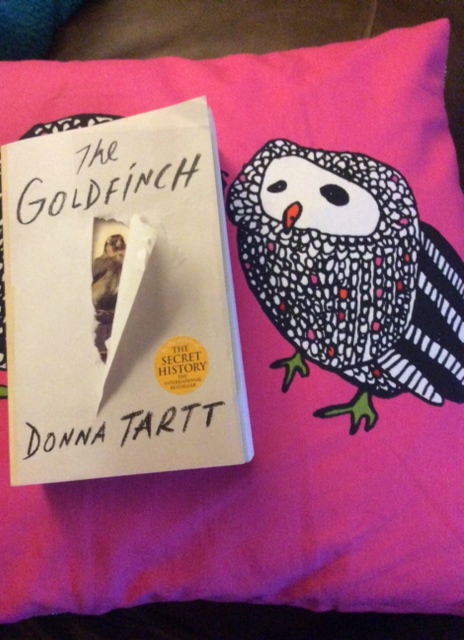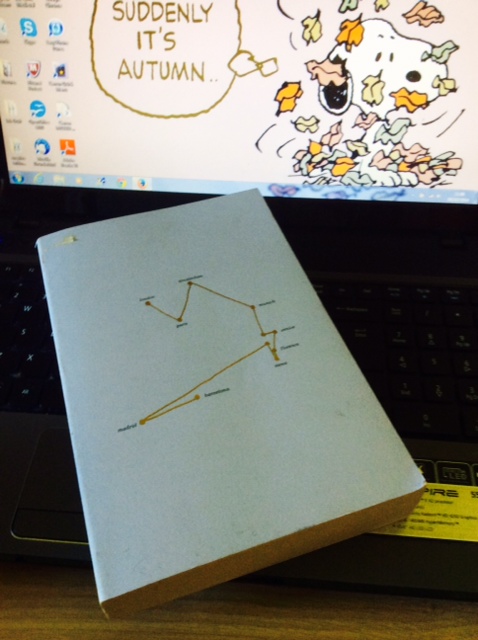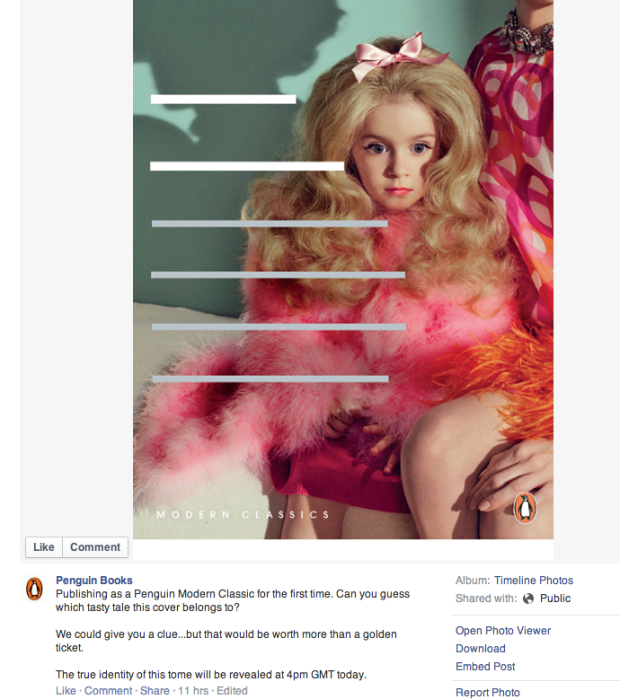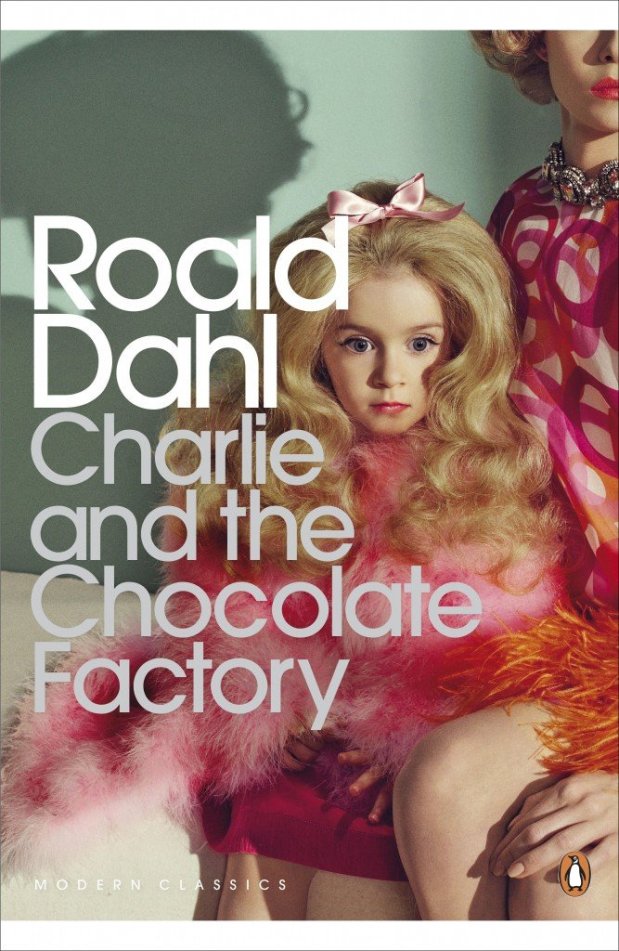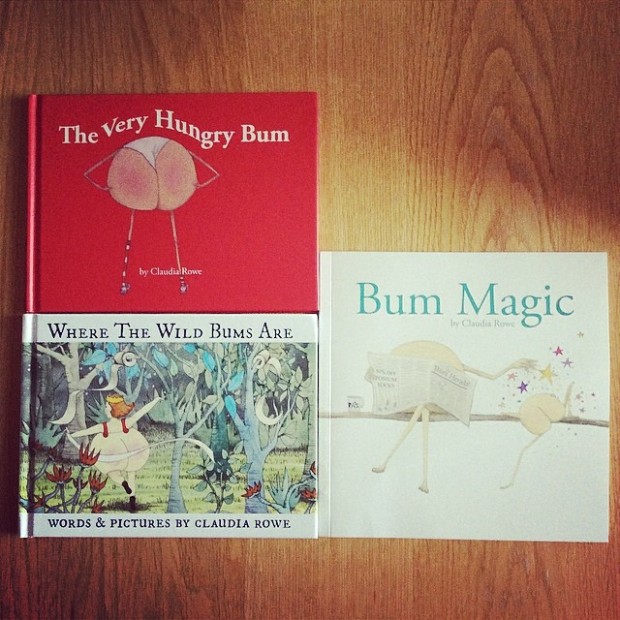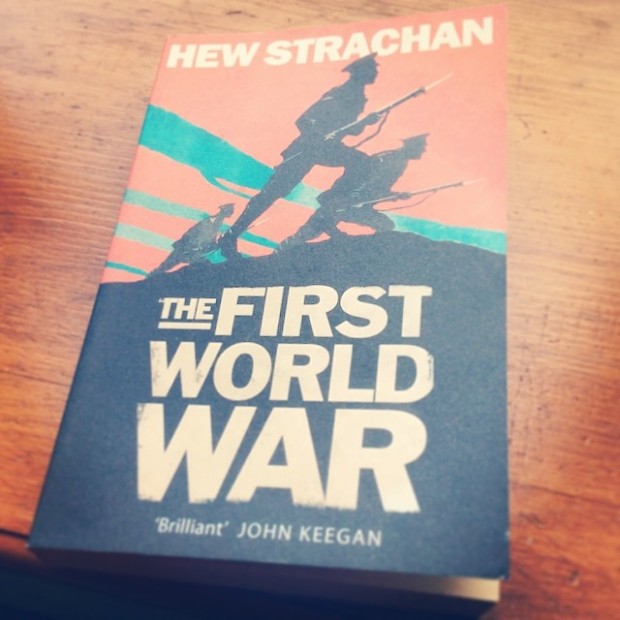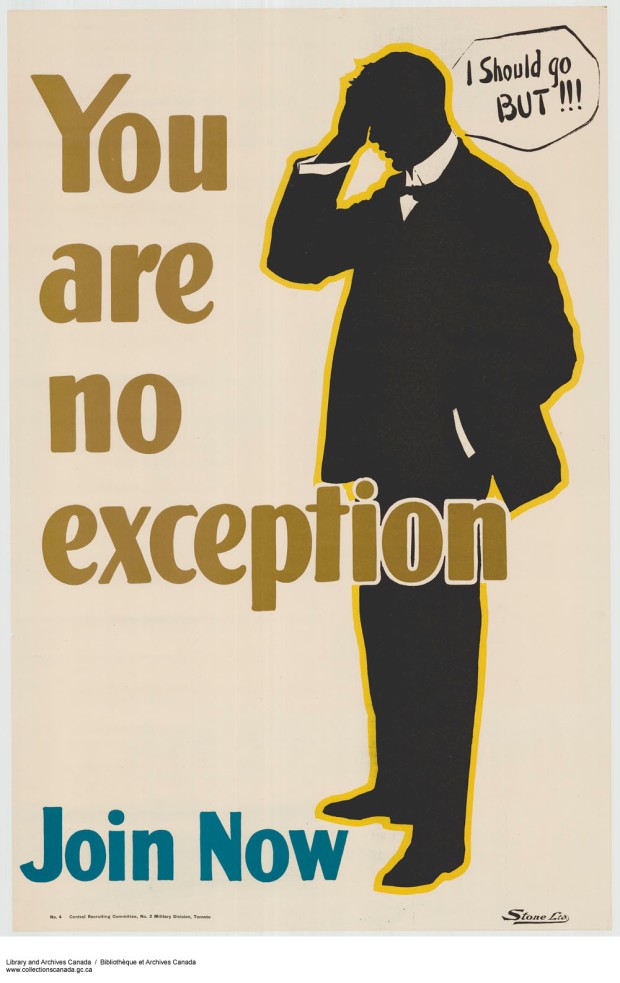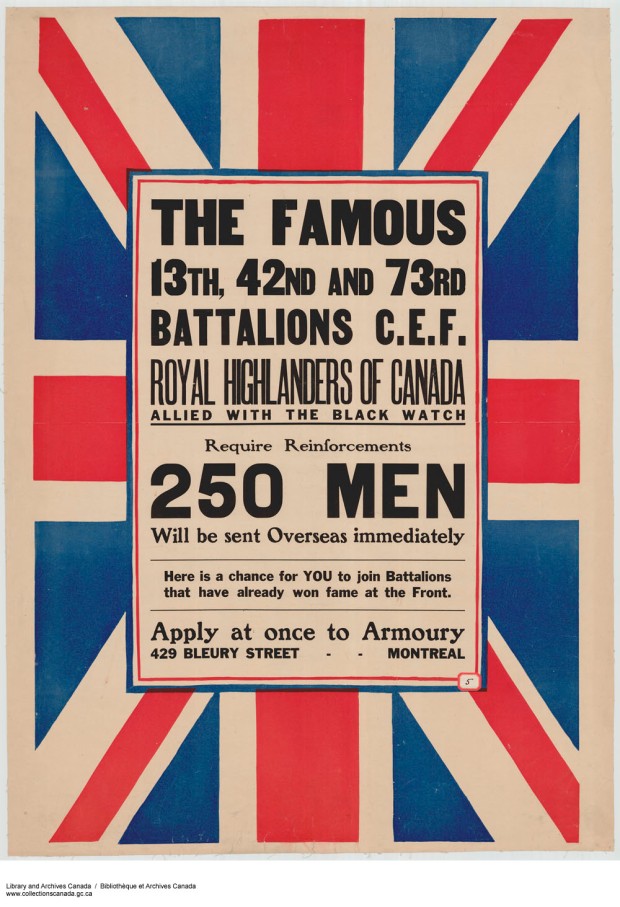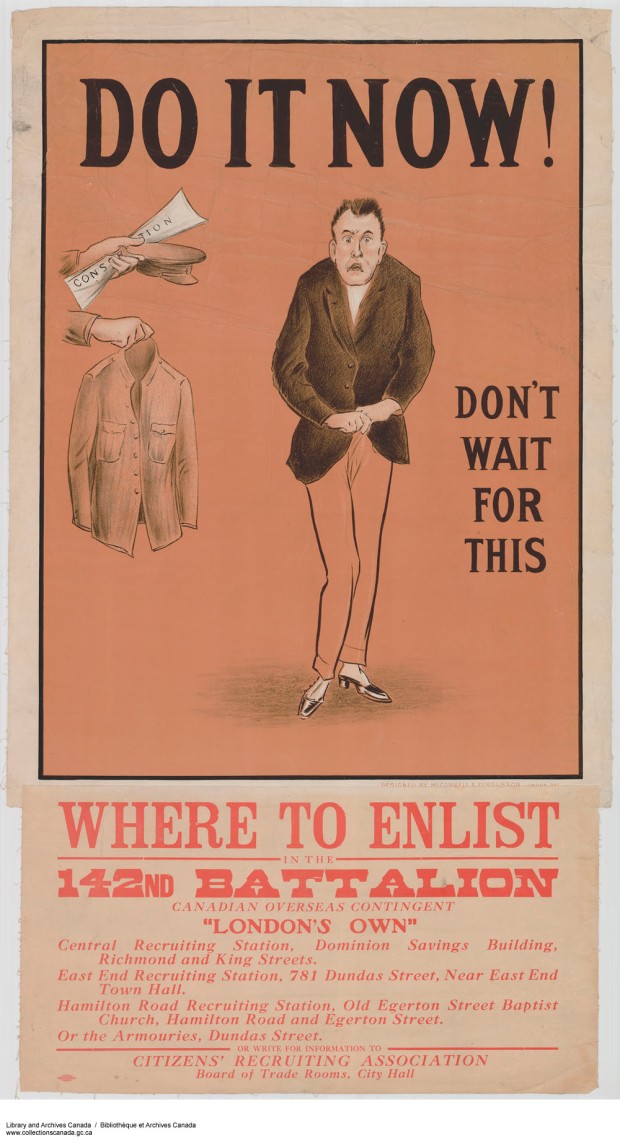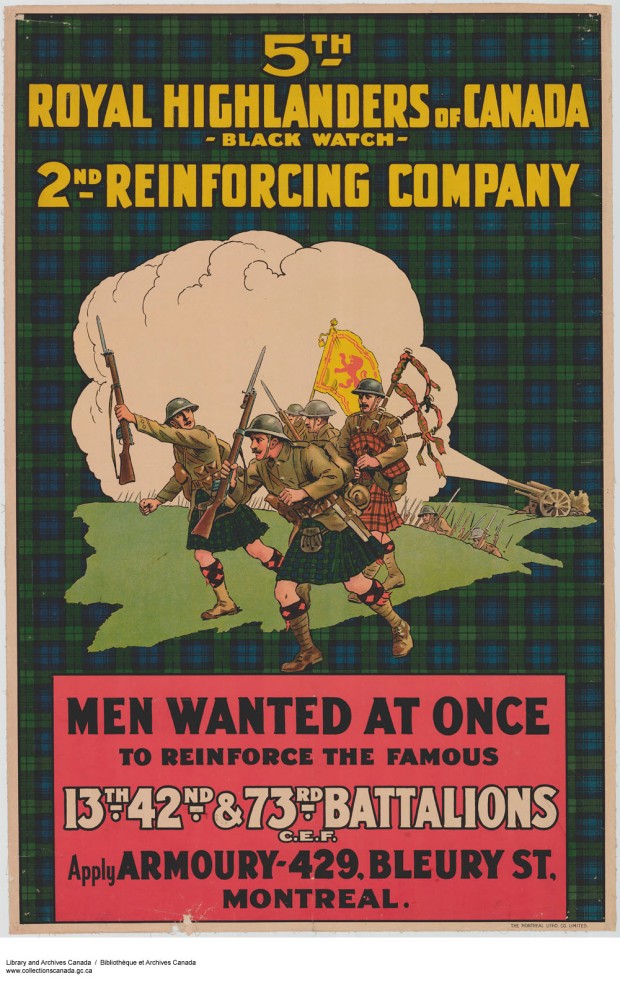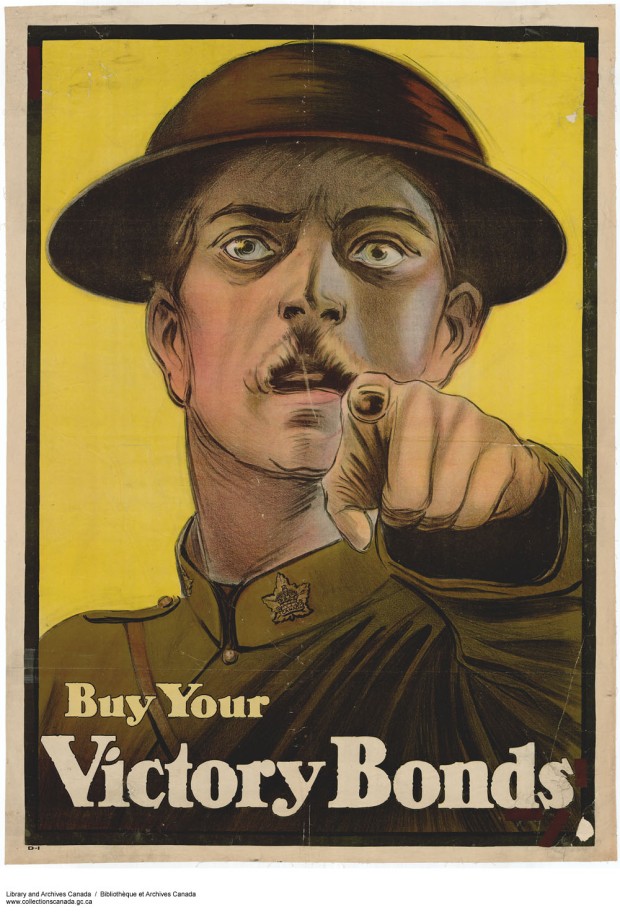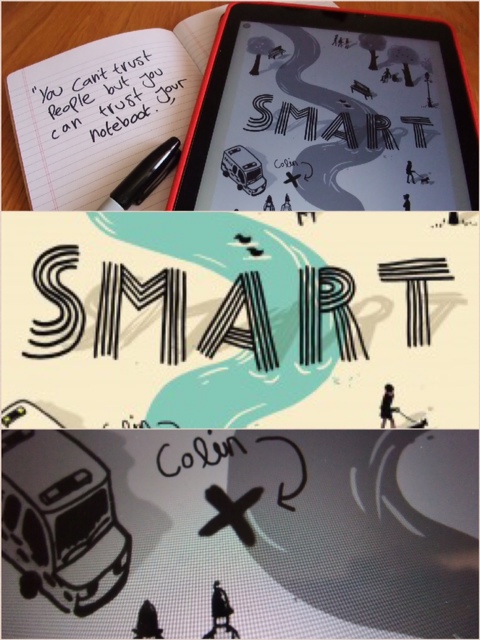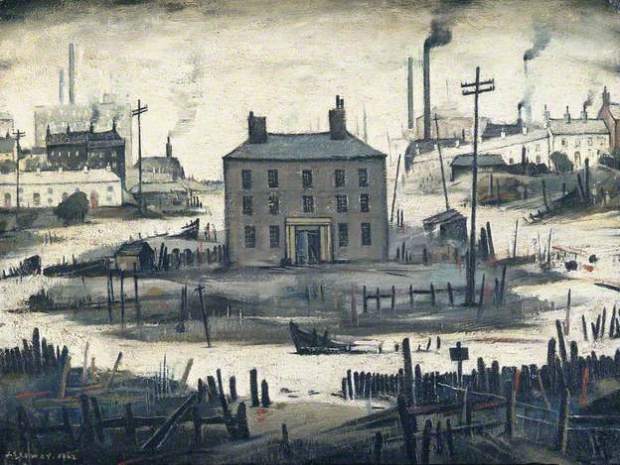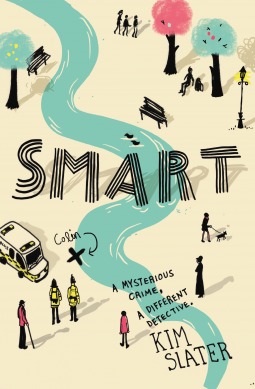Right, I’m going to get this out the way right now. A disclaimer if you will, a confession early on that hopefully leads to an understanding (*stares hard at Theo Decker* – am I right fellow readers? nudge nudge).
I didn’t read all this book with my eyes, I used my ears for quite a chunk of it.
I’d like to state my case for indulging in audiobook activity: I was reading this alongside CatrionaRoseann and BooksellerEmma, both of whom were streaking ahead of me. I didn’t want them hanging about at the finish line waiting for me, so in an attempt to catch up, I swapped the usual podcasts I listen to at work for this. I only did it twice M’Lord…..then those few times I did the washing up….and that time I put it on in bed….and once when I was in the bath.
ITS SO LONG THOUGH!
So with this is mind, can I officially tick this off my reading challenge list as the book with more than 500 pages?
I know for a lot of people this is downright cheating and for them I can never, hand on heart, say I have READ this book. However, others have told me it totally counts so long as the audiobook was unabridged (which mine was). So, arguments in the comments please, I’m genuinely interested in this.
Anyway, with that out the way, let’s get to it.
The Blurb:
Theo Decker, a thirteen-year-old New Yorker, miraculously survives an accident that kills his mother. Abandoned by his father, Theo is taken in by the family of a wealthy friend. Bewildered by his strange new home on Park Avenue, disturbed by schoolmates who don’t know how to talk to him, and tormented above all by his unbearable longing for his mother, he clings to one thing that reminds him of her: a small, mysteriously captivating painting that ultimately draws Theo into the underworld of art.
As an adult, Theo moves silkily between the drawing rooms of the rich and the dusty labyrinth of an antiques store where he works. He is alienated and in love-and at the center of a narrowing, ever more dangerous circle.
I read The Secret History last year and was so dumbstruck by it that I wasn’t able to string enough sentences together to make a post. I found it brilliant and bewildering and was dazed for a week. Now, I may not be able to say exactly that about The Goldfinch, but it’s not far off.
I don’t really know where to begin with the themes; Tartt touches on nearly everything that has the potential to bruise and heal the human soul – from art to loss to unrequited love, to friendship and hope and courage and pain, from what makes people rich and poor to what makes them give up or get going, what obsesses them, inspires them and crushes them.
In Theo Decker we have a narrator who has to deal with the world and his wife conspiring against him (you think you’ve had a bad day?) and Tartt ensures we feel every colour of the spectrum for him. For me he was the perfect narrator – flawed, fleshy and a challenge. One minute you feel bereft for him, in fact you spend most of the first part of the book feeling your bones filling up with sorrow for the boy. Then he becomes a teenager and you begin to find him a little bit of a shit and you struggle to remember why you felt for him in the first place. Then, faced with the questions: “well how would you have reacted to all this crap? What would you have done? the world has been brutal to you, but look at these beautiful things, make your soul hurt don’t they, enough to snap you into action? Would you fight for art if art is all you have?” I can’t wholeheartedly say that in his shoes I would have behaved any better than he did during some of this book, nor that I would develop any potential for redemption. I thought he was a brilliant character and I shall miss rooting for him inspite of myself.
What did irk me about this book is how long it is (I know I know! I listened to some of it!!). But even this has me in a quandary – it felt like hours would go by without anything having happened, but when I stroppily put the book down (pressed pause) to make a cup of tea muttering “come on Tartt, get ON with it”, I’d be standing at the kettle and through the steam would dawn this realisation “Hey! I seem to know more about the deepest recesses of the human soul than I did before! Fancy that!”
And that’s the thing, this book is crammed to the gunnels. Its like one of those massive paintings that you have to stand way back from in the gallery in order to take it all in. But step in closer and you get a turn of phrase here that stops you in your tracks, up in this corner is something that will make you think about life afresh, down here is a titbit about the importance of art, here’s how you relate to your family, that bit is what you take for granted, this is the bit where they didn’t love you back. It just goes on. I could write and write and write about it all, but that wouldn’t be appropriate for a lighthearted blog arena and you should just read the book instead.
The last pages are so awe inspiringly beautiful they will stay with me for a long time, along with the image of that resilient bird chained to the wall alone and lost. If he can keep singing, we all can.
So yeah, I liked it.
As I listened to some of it I feel I should do a mini review of the audiobook: All good, though sometimes David Pittu’s accents became a little to pantomime and over the top – all his women sounded like bad drag queens – though it’s probably very unfair to criticize a man for not being able to do an array of believable, nuanced and pitch perfect female voices.
Next challenge – A book you can finish in a day
Book Info:
- ISBN: 9781408704950
- Little, Brown 2013
- Borrowed a copy got audiobook from Audible.com

